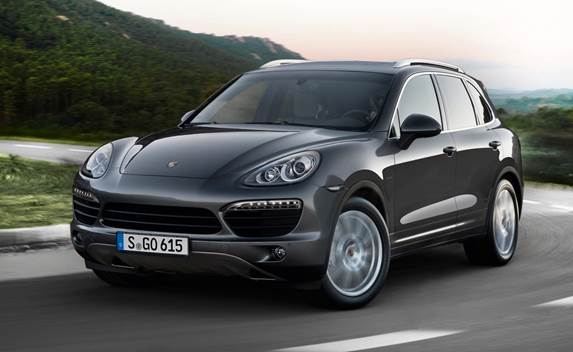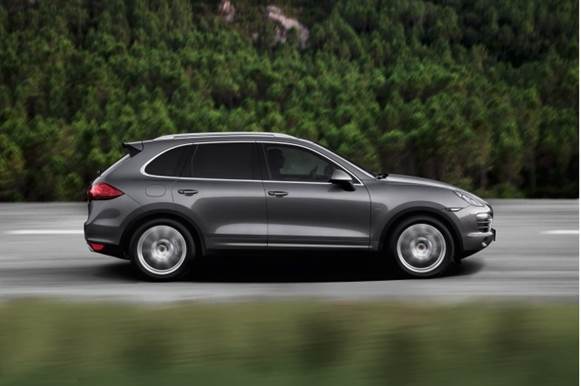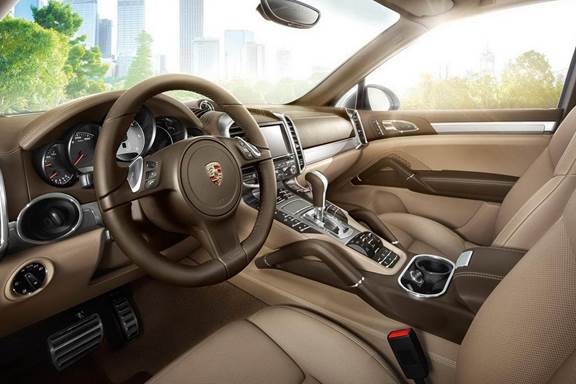It boasts close-to Turbo-rivaling performance yet uses less than 10,0 L/100 km. Has the Cayenne S Diesel just rendered the rest of the range defunct?
He launch of the original Cayenne was controversial because many questioned Porsche’s decision to build an SUV. Now that the furore’s abated, however, we can focus on the elements that have made Zuffenhausen’s off-roader such a runaway success.
First, some numbers: last year, the Cayenne accounted for 52% of global Porsche sales and a staggering 61% in Middle East, African and Indian markets. It has undoubtedly contributed greatly to Zuffenhausen’s bank balance, in turn allowing the company to spend vast sums of development money on the Boxster, Cayman and 991-series 911 (and Macan) that have been launched since the second generation of the Cayenne saw the light three years ago. Porsche without the Cayenne is unthinkable. See how quickly the automotive landscape shifts?

In two previous tests of this model – the V6 Diesel in June 2011 and the Turbo a year later – we praised the Cayenne for its ability to seamlessly marry exciting on-road dynamics with one of the most practical interiors in the class. But, there were slight reservations with both models: we found the Turbo too expensive and thirsty, even considering its mega performance, while the Diesel just lacked the effortless oomph so associated with the brand. Porsche’s answer? Slot in a V8 turbo-diesel from the Volkswagen Group under the vast bonnet and tune it to deliver more power than in other applications (the Touareg, for example) to – in theory – match the Turbo’s mid-range urge, while also maintaining fuel-economy levels that stand comparison with those of the V6 Diesel.

Developing a staggering 850 N.m (the highest figure for a current-production Porsche) from 2 000 to 2 750 r/ min thanks to the use of two turbochargers, the S Diesel lifts its nose, drops its hind-quarters and scoots to 100 km/h in a mere 5,68 seconds, accompanied by an enchanting V8 rumble that’s halfway diesel, halfway old-school muscle car.
However, even more astounding (especially considering the oil-tanker mass of 2 360 kg) is in-gear acceleration: 80 to 120 km/h takes just 3,65 seconds. This isn’t far off the Turbo’s 3,09 seconds. In cut-and-thrust commuting, the latter feels no faster.

In fact, the Cayenne S Diesel is the quickest-accelerating diesel-powered vehicle that CAR has ever put through its extensive road-test program (yes, we checked: the Audi Q7 6,0 V12 TDI was slower).
The eight-speed ZF-developed automatic transmission copes extremely well with what must be immense loads; in traffic, it shifts seamlessly between gears and, when the need arises to delve into the vast torque reserves, it shifts as quickly as a dual-clutch ‘box, even when left in its default mode.
It’s testament to the inherent quality of the Cayenne that this engine/transmission combination doesn’t dominate the driving experience, but simply adds to what is already one of the most accomplished road-biased SUVs. Cayennes come standard with a passive suspension system comprising double wishbones upfront and a multilink system at the rear. However, our test unit boasted Porsche Active Suspension Management with air suspension (at a not-inconsiderable $4,659) that allows the driver to toggle between comfort, normal and sport modes on the damping system. It also features self-leveling and six different ride heights.